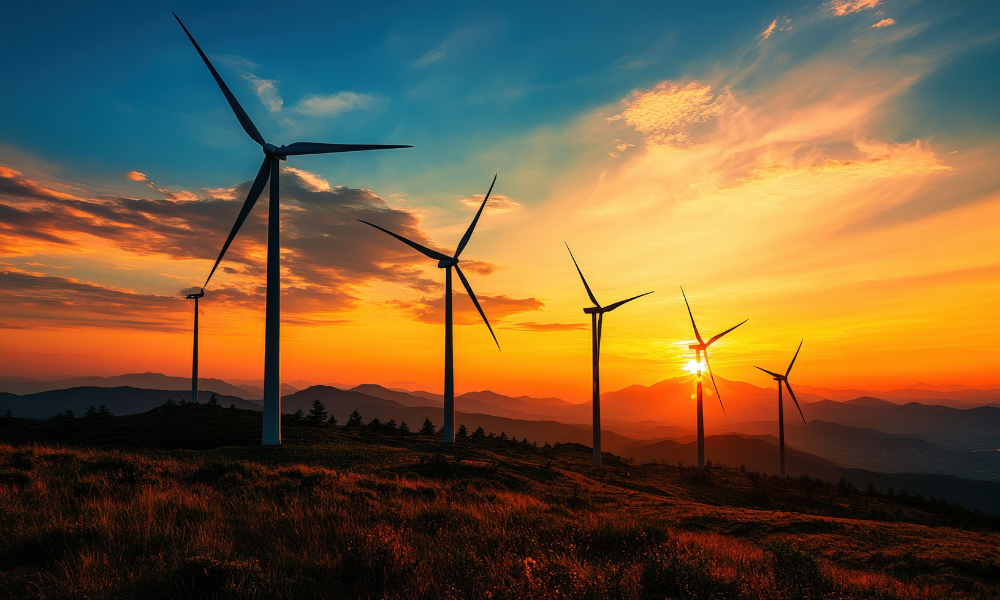ATB Capital Markets survey shows producers plan steady growth in 2025 despite tariff and policy risks

ATB Capital Markets’ Spring 2025 Energy Sector Survey outlines expectations for low-to-mid single-digit growth in Canada’s energy industry despite heightened market uncertainties.
Darren Eurich, CEO of ATB Capital Markets, said, “Our Spring 2025 Survey shows that Canada's energy sector remains remarkably resilient despite growing global uncertainties.”
He added that ATB Capital Markets aims to support clients through the next phase, where steady growth intersects with rising complexity, by offering insights and tailored solutions.
Waqar Syed, managing director of Energy Technology and Services and head of Institutional Equity Research at ATB Capital Markets, said the survey reveals “measured optimism from producers.”
He noted that while capital spending and production appear resilient in 2025, concerns are growing around trade, inflation, and policy direction heading into 2026.
Survey results show that producers anticipate mid-single-digit increases in exploration and development (E&D) capital spending and production in 2025.
This expectation assumes a West Texas Intermediate (WTI) price range between US$65 and US$75 per barrel. Despite the risk of moderate tariff-related reductions in cash flow, energy companies expect to maintain resilience.
Among energy services firms, 75 percent project year-over-year activity growth below 5 percent, with an average between 1 percent and 2 percent.
Of the Canadian E&P companies surveyed, 79 percent plan to increase production in the next year.
These companies forecast an average production-weighted growth rate of 6 percent while keeping capital spending unchanged.
Gas-weighted producers expect greater increases in E&D capital expenditures compared to oil-weighted peers.
Around majority of respondents anticipate that tariffs will reduce E&P cash flows by 10 percent or less.
When weighted by production, average capital spending is expected to decline by 2 percent due to tariffs.
Gas-weighted producers estimate a 1 percent decrease, while oil-weighted producers forecast a 4 percent decline.
Surveyed participants identify Canadian retaliatory tariffs on US imports as more detrimental than US-imposed tariffs.
While 42 percent consider Canadian measures significantly negative, only 8 percent feel the same about US tariffs.
Buyside sentiment has improved since fall 2024. Many investors now believe energy equities remain undervalued and express renewed confidence in energy investing.
A total of 90 percent of respondents believe North American E&Ps will continue to focus on low-growth strategies that deliver high shareholder returns.
Public E&P companies are increasingly directing capital toward growth expenditures. Meanwhile, energy services firms continue to prioritise share repurchases and debt reduction.
The share of public E&Ps actively pursuing mergers and acquisitions has dropped from 28 percent to 10 percent.
However, 86 percent now say they are open to M&A opportunities, up from 66 percent in the previous survey.
For the sixth consecutive edition of the survey, federal energy and environmental policy topped the list of sector risks. A total of 54 percent of respondents identified these policies as their number one concern.
Changes to federal policy also represent opportunity. About 47 percent of participants consider policy shifts to be the top opportunity facing the sector.
In contrast, only 10 percent selected tariffs as the most significant risk, and just 23 percent ranked them among their top three concerns.
Survey participants expect key LNG projects to proceed. A strong majority—99 percent—anticipate a positive final investment decision for LNG Canada phase two.
Another 97 percent believe the Ksi Lisims LNG project will also move ahead.
Energy services respondents say LNG export development will play a major role in driving activity across both 2025 and 2026.
However, respondents remain sceptical about the revival of major oil pipeline projects. Of the proposals, Northern Gateway appears most likely to be revived, while Keystone XL and Energy East are seen as less viable.
A total of 58 percent of participants believe the Canadian energy industry will face crude pipeline capacity constraints before the end of 2028.
Respondents consider energy transition and hydrocarbon demand the least pressing risks over the next three to five years. A large share ranked them at the bottom of their risk assessments.
None of the E&P companies surveyed plan to increase ESG disclosure, and just 3 percent intend to invest in environmental technologies for ESG purposes.
Capital allocation to energy transition and diversification ranks lowest across both public and private E&P firms as well as energy services groups. This matches investor sentiment, which places little emphasis on transition-related spending.
Conducted from March 13 to March 27, the semi-annual survey gathered responses from 100 participants, including 26 energy services firms, 34 exploration and production (E&P) companies, and 40 institutional investors.



